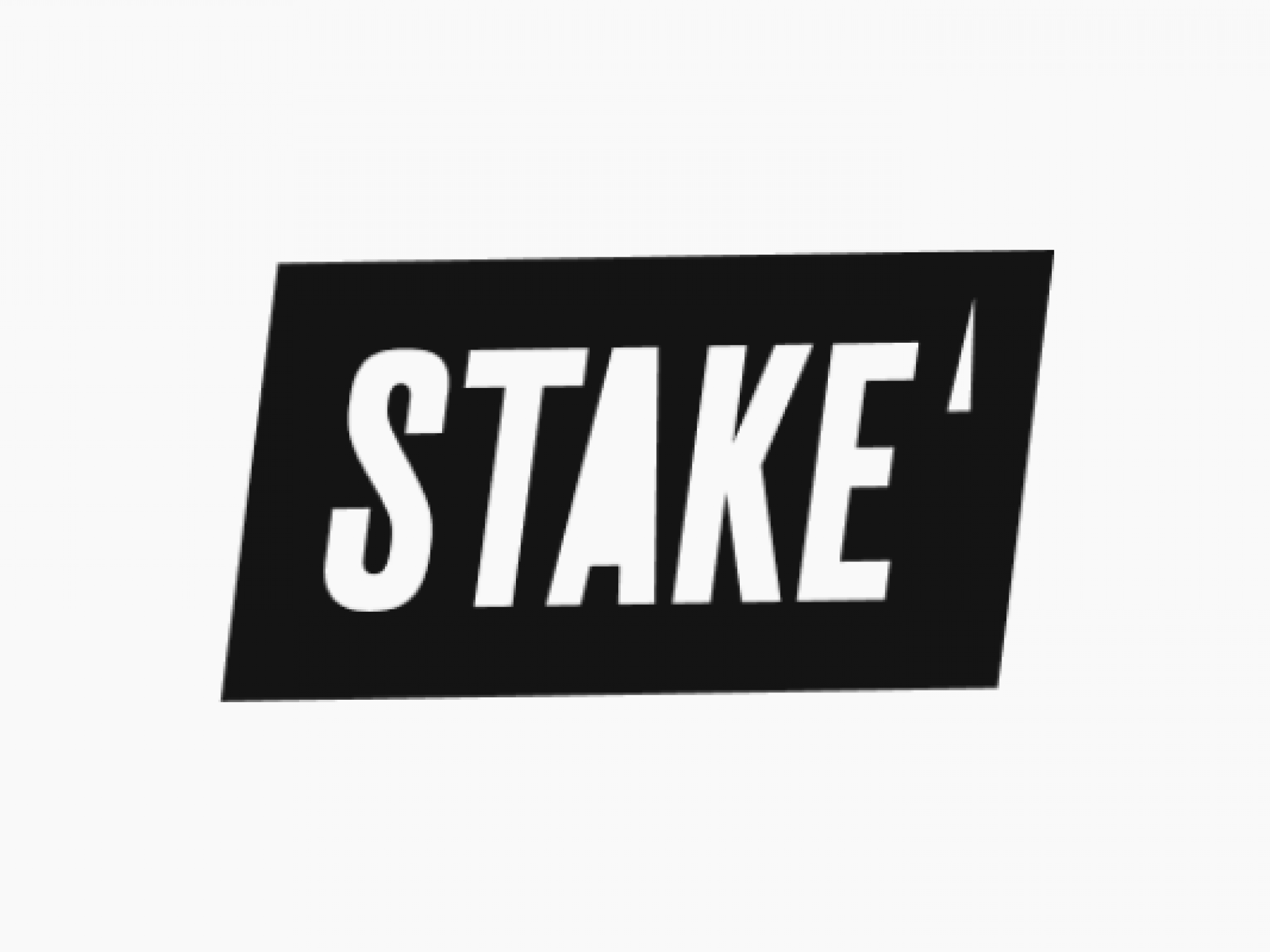
The pandemic spurred growth in nonprofessional investing, drawing in new stock market investors and brokerages.
Many of these investors have in common the desire to make money. Duration is a factor that separates them.
Those looking for fast riches – who may have also fueled a massive increase in account openings during the early 2021 so-called meme stock craze – often have small balances and usually do not stick around.
Longer-term investors, on the other hand, or those looking for ways to grow their wealth over longer time horizons, are the stickiest and best customers to work with.
With that being said, as the world goes back to work, those newer brokerages, some of which are publicly listed, are now struggling with growth.
Unlike many of its competitors, however, Stake, an Australian-based brokerage founded in 2017, is still growing according to the firm’s senior product manager, Alexander Robertson.
“There’s been a lot of new entrants into the market; there are a lot of people coming in and trading at high frequencies and with low trading balances,” Robertson says. “The customer type we’re really aiming at is the higher-value, longer-term investors who are genuinely interested in their financial wealth.”
To learn more about how Stake is staying true to this higher-value customer base, and what it means for the company’s future, read on.
Growth During Pandemic, Meme-Mania: With the rise of zero commission trading, there was a feverish sentiment around the democratization of financial markets.
Participants flocked to open accounts at brokers who not only made trading cheap but also fun; advances in market structure and technology made it possible for investors to interact with their finances in ways they could only dream of decades ago.
Riding this wave is Stake, a digital brokerage platform for investors in the U.K., New Zealand, Australia, and Brazil.
The fast-expanding brokerage has two core offerings: Stake AUS and Stake Wall St.
“We’re staking our claim in the Australian market as a major player,” Robertson said. “We’re continually innovating and creating competitive differentiation.”
At present, access to U.S. markets costs nothing. To trade Australia’s market, however, costs $3 per trade. That has a lot to do with market structure and the differing regulatory regimes.
The broker realized significant growth after the onset of the pandemic, and through the January and February 2021 meme stock spectacle.
“We had a huge explosion in account onboarding,” Robertson said. He noted that the influx of customers was driven by the company’s technology upgrades and premium offerings like Stake Black.
“We’re really just looking to be the best in Australia, and we’re focused on creating true product value for our customers and building a strong brand on that,” he added.
Also Read: How Fintech Soon Lets You Protect Your Cash Flow And Better Spend Investment Gains
Visions, Aspirations Going Forward: According to Robertson, Australia is one of the highest value markets in the world.
“It’s an incredibly wealthy population that’s outward-looking. They’re looking for opportunities not just within Australia, but overseas more than most,” he said.
With that in mind, the total addressable market is much less than that of the U.S., sitting somewhere between five and eight million investors. As a result, to grow, Stake is set on taking market share from incumbents that make up Australia’s traditionally very consolidated financial ecosystem.
"It’s an incredibly monopolized financial system. All of these banks have investment arms and … make up 65% of the Australian investment market share." Robertson said. "We’re focused on that because that’s where the real value is."
In capturing that share, initiatives include a massive referral program that basically rids investors of their commissions, as well as additions of trade technologies and homogenizing experiences.
"It’s going to be a wild ride over the next six to eight months," he said. "We’re going to learn an incredible amount and that’s ultimately going to make us stronger and really define what we do in the next three to five years."







